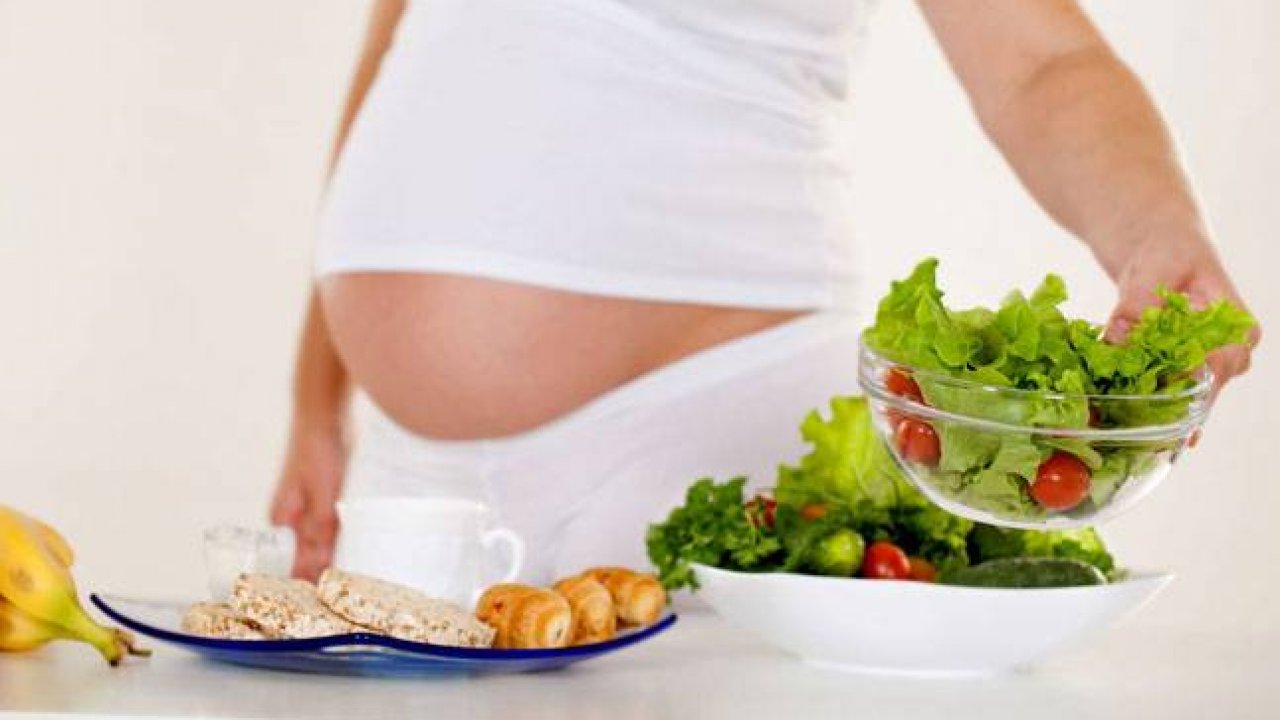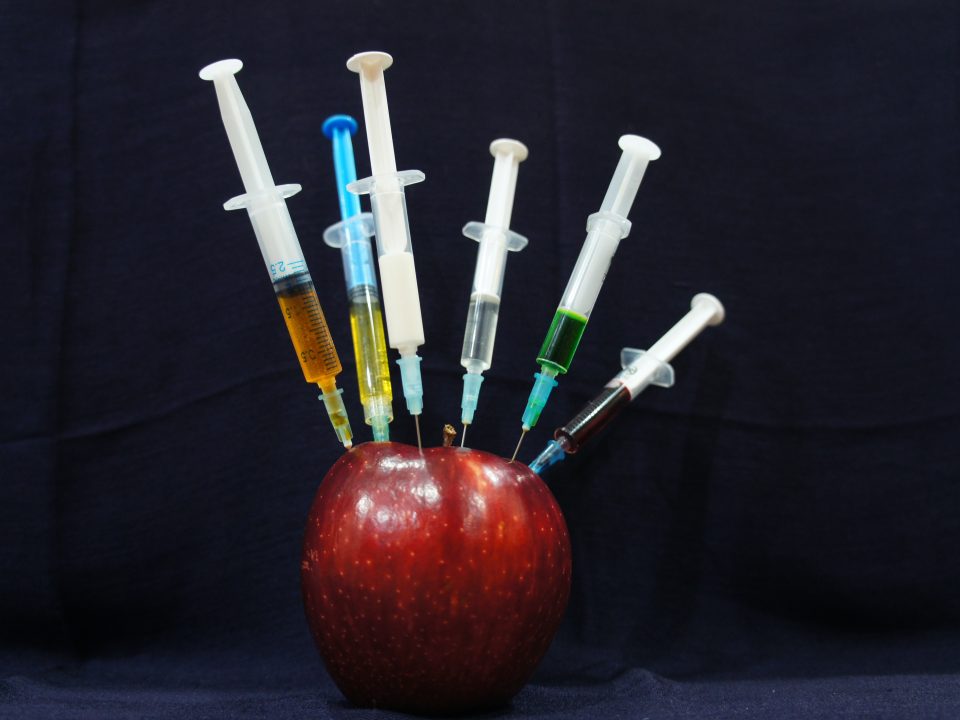
Food Fertility – How To address Inflammation
October 21, 2020
Using Cervical Mucus to Predict Ovulation
November 21, 2020As women grow older and consciously start desiring a family, they soon discover conceiving a child is not as easy as they once thought. There are many different factors at play, but when two healthy adults are trying to start a family, the biggest obstacle is often timing. Once you discover your peak fertility, it is much easier to time intercourse and increase your chances of success. Many women believe they have fertility issues when, in actual fact, they just aren’t having sex during ovulation!
So when is the best time to try and conceive, and how do you identify it? Well, it’s actually not as mysterious or challenging as you might think. All you need to do is determine when you ovulate. Generally, we assume ovulation occurs in the middle of a cycle, so based on a 28 days cycle, it should be day 14. This works as a guesstimate, but it is far from accurate. Women can have longer or shorter cycles and don’t always ovulate mid-cycle. Here are some simple techniques to accurately determine when you are ovulating and improve your chances of conception.
Changes In Cervical Mucus
Learning to identify the changes in your cervical mucus is one of the most reliable ways to determine ovulation. As you progress through your cycle, your mucus changes in consistency and colour. Immediately after menstruating, you’ll produce very little mucus. Then after a few days, you will notice a thick, sticky mucus. After this, the mucus will become softer and creamier in texture. This is an indication your body is preparing for ovulation. When your body is ready to ovulate, your mucus will change again. This time it will be thin, transparent and very elastic, much like raw egg white. You should have a regular number of fertile mucus days a month, anywhere from 1-5 depending on your age. Your most fertile day is the last day of fertile mucus. By recording the changes in your mucus over the course of a month, you can establish your body’s pattern and the most likely day for ovulation.
A Rise In Body Temperature
Tracking your body temperature with a digital base thermometer can also signal when you have ovulated. If you record your temperature on a BBT chart, you will notice a 0.4 to 1.0 degree celsius increase in body temperature after ovulation. This is useful to determine roughly which day in your cycle you ovulate rather than when to have sex. The temperature increase occurs 24-48 hours after ovulation, so by then, it is too late to have sex and conceive. It is best to use BBT in conjunction with another method for better results (eg. cervical mucus. Don’t discount the benefit of a BBT chart altogether though. It is a great way to identify pregnancy early on through sustained, elevated body temperature.
Cervical Position
Your body really does do everything it can to help you procreate. Not only does it change the cervical mucus to create the perfect environment for sperm, but your cervix also moves to provide easier access for sperm too. Estrogen causes the cervix to soften and allow sperm to swim through to the uterus and Fallopian tubes.
Ovulation Predictor Kits
Ovulation Predictor Kits (OPK) are readily available at any chemist or pharmacy without a prescription. You can also buy them online through sites such as Amazon. OPKs detect hormones in your urine, much like a pregnancy test. It’s important to understand that an OPK detects the surge in luteinising hormone (LH) just before you ovulate, not ovulation itself. Ovulation typically occurs 12 -36 hours after the LH surge, but it’s not guaranteed to happen. OPKs are a good indicator of ovulation, but they are not foolproof. Sometimes your body will produce an LH surge but not release an egg, other times it might produce a false LH surge. A false surge is more common if you are over 40 or you suffer from PCOS. Another downside to OPKs is the ongoing cost. You will need to buy multiple kits and test over several days so depending which kits you buy it can become expensive.
Other Body Changes
Listening to your body and noting physical changes throughout your cycle can also help you to identify when you are ovulating. Once you start to look for changes, you might notice your breasts become tender either before or after ovulation. Another common sign is called mittelschmerz, a slight twinge or pain in your abdomen when you ovulate.
Saliva Ferning
The last method is saliva ferning. Using a specialist ovulation microscope, you examine your saliva. What you are looking for is a ferning pattern that occurs when your LH surges just before ovulation. The pattern looks a bit like frost as it spreads over glass.
There are many books you can read for further information on ovulation and how to pinpoint it. One book we particularly recommend is ‘Taking Charge of Your Fertility‘ by Toni Wescheler. It is a comprehensive guide to ovulation and a great source of knowledge for anyone looking to conceive. If you are serious about conceiving, establishing when you ovulate is essential. Hopefully, you can use one or more of the methods listed in this article to determine your ovulation accurately and to increase your chances of success. Generally, we recommend having sex in the couple of days preceding ovulation. This means there will be sperm ready and waiting as soon as the egg is released. Sperm can survive in fertile mucus for up to 5 days, so having sex 24-48 hours before ovulation is ideal. The sperm will have plenty of time to swim up the fallopian tubes but still be fresh and healthy enough to fertilise the egg. Regular sex throughout your cycle will maintain the quality and production of your partner’s sperm. However, if he has a low or borderline sperm count, you’ll need to reduce the frequency to every 2-3 days to allow him to build his count back up.




